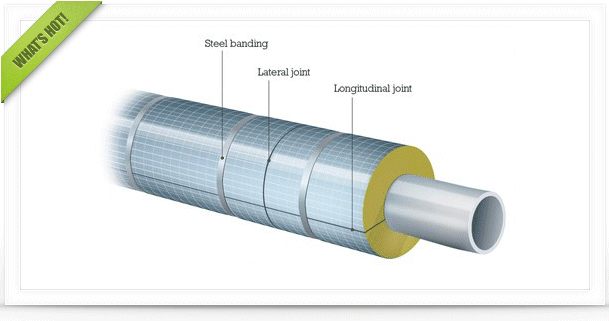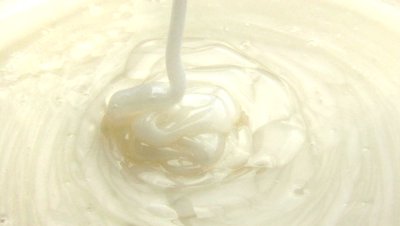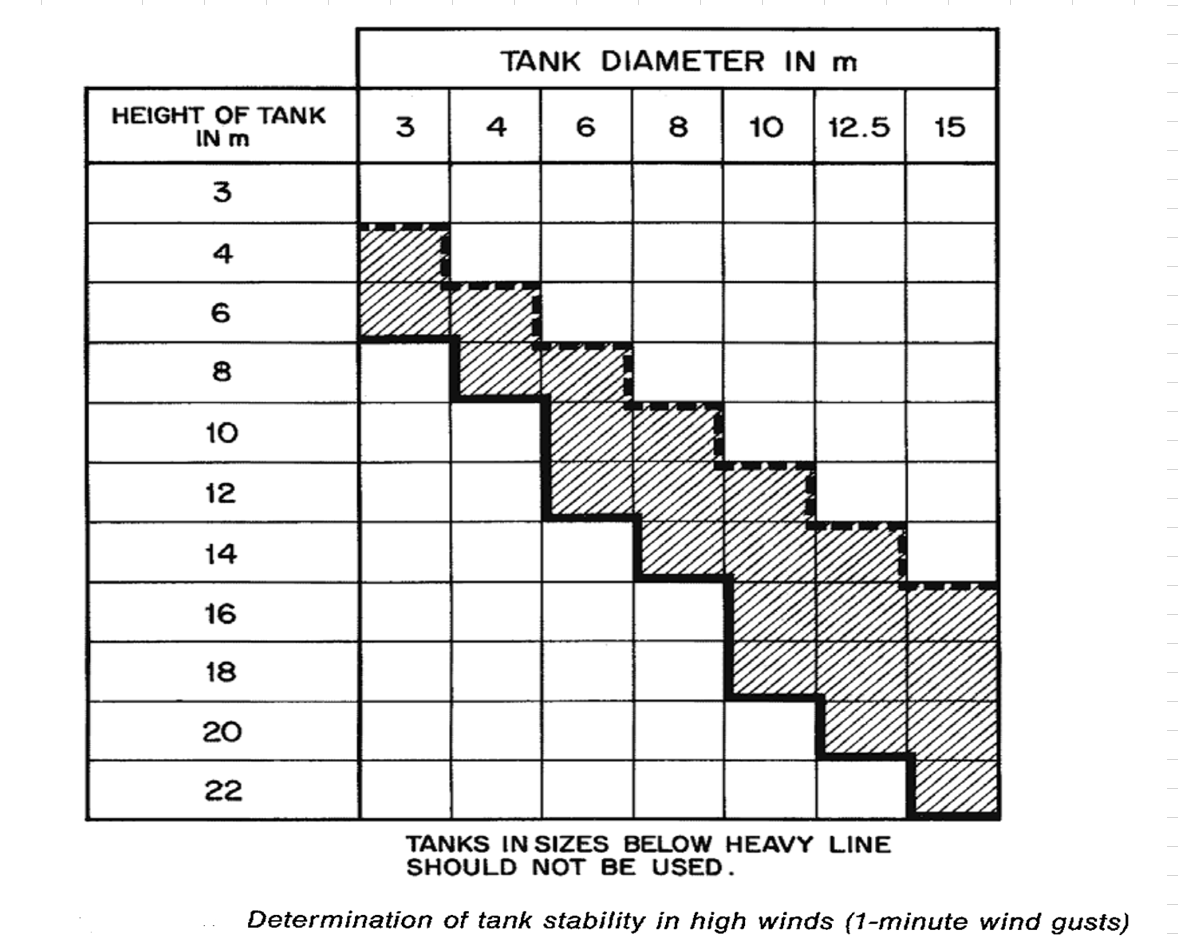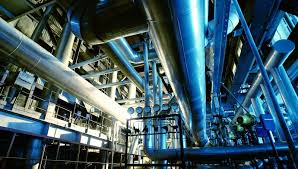|
|
Calculating Relieving Rate For Pressure Safety Valve
#1

Posted 15 August 2012 - 10:06 AM
please help me with some fundamentals here.
Just for tanke an example here... a pump shutoff is 100psig which the piping system is not able to support. The piping design pressure is only 30psig for etc. I am trying to size a pressure safety valve. How do I calculate the relieving rate of the safety valve which will be set at 30psig to protect the piping in an event a block in scenario occurs?
Appreciate your help. Thanks.
#2

Posted 15 August 2012 - 12:23 PM
You fail to identify WHAT TYPE of pump you are discussing. If you are discussing a centrifugal pump, then the normal means of ensuring a sound and protected system is to merely select a pipe schedule that can tolerate the maximum, dead head pressure of the centrifugal pump. Then, the discharge piping requires no PSV.
If your pump is a positive displacement type, then you require a PSV in the pump’s discharge. The rated capacity of such a pump is the capacity that the PSV must also have. If you insist on using a centrifugal pump with a dead head pressure of 100 psig and discharge piping that can only take 30 psig, then you obtain the pump’s performance curve and find the pump’s capacity at the set pressure of 30 psig. That would also be the minimum capacity that the PSV must supply. It is that simple.
#3

Posted 15 August 2012 - 03:52 PM
Another option is rerating piping design pressure to 100 psig or higher, which requires a prior investigation of all piping components (flanges, valves, expansion joints, instruments, fittings, etc). Probably some instruments (*) is the cause of such low design pressure (30 psig), not locally found for industrial steel pipe pieces (except for "very low pressure" gas pipes, if any). By replacing the components of design pressure lower than 100 psig with others of higher design pressure, you can have a line of 100 psig design pressure, which has to be certified through hydrostatic test according to relevant codes.
If above can be realized, no PSV is needed and pump can develop its full flow capacity.
Surge analysis can be also useful, if pipe is long and liquid velocities high.
Note (*) : In a local refinery, a pipeline design pressure was restrained to 10 barg, due to online metering instrument. Nevertheless 30 psig is too low a value for design pressure (see first para of post No 2), check validity of relevant information.
Edited by kkala, 15 August 2012 - 03:59 PM.
#4

Posted 15 August 2012 - 05:22 PM
In fact it's a centrifugal pump and there is no period to change the piping thus a psv is required.
So since for eg the piping can only take 30psig, reading 30psig off the pump curve to get the corresponding flow is the right way? Why is suction pressure not in this equation?
#5

Posted 15 August 2012 - 08:49 PM
Mr Art said to use the pump performance curve to obtain the corresponding flowrate to get the required set pressure (30 psiG). It's up to you to obtain that by adding the expected pump suction pressure (at the given flowrate) to the differential head (at the given flowrate).
In this case however, the flowrate is not known, so you have to do some trial and error to get the flowrate that will give you the right pressure (say 30 psiG) at your pump discharge.
You have to take into account the suction piping hydraulics for you to work this out.
Edited by Dacs, 15 August 2012 - 09:03 PM.
#6

Posted 16 August 2012 - 12:56 AM
So since for eg the piping can only take 30psig, reading 30psig off the pump curve to get the corresponding flow is the right way? Why is suction pressure not in this equation?
Hi,
Suction pressure will come into play as per follows:
Supposing there is a maximum for suction pressure upstream of the pump; then because the pump discharge pressure should be limited to 30 psig you will obtain the corresponding differential pressure equal to 30 barg minus maximum suction pressure (in psig). After that you should convert this value to differential head and read the corresponding flowrate from the pump performance curve. This flowrate would be the PSV's required relief load (with the set pressure of 30 psig) for downstream piping protection.
Fallah
Edited by fallah, 16 August 2012 - 12:59 AM.
#7

Posted 16 August 2012 - 02:19 AM
Anyway, my approach for this is at first, calculate the suction pressure at maximum liquid level and pump rated flow, then obtain the differential head from the performance curve, then add both to get the pump discharge pressure.
Its safe to say that the initial discharge pressure calculated is lower than your set pressure, so recalculate everything but using a smaller flowrate (say 1-2% lower than your inital), then do that repeatedly until you obtain the flowrate that will give a discharge pressure corresponding to your set point.
#8

Posted 17 August 2012 - 04:06 AM
Nevertheless, in the example assumed for the query, operating pressure at the discharge (where PSV is) will be 30 psig, when the PSV starts opening; and 33 psig at its full flow. Let as assume Q as pump flow corresponding to this 33 psig, no minimum flow (*), and the case that pump takes suction from an atmospheric tank (other cases are similar).
For tank HHLL, Q1 can be estimated from pump performance curve by trial and error; that is assuming several Qs, until discharge pressure gets 33 psig). Pump ΔP shall be based on a suction pressure = Ps - suction frictional losses corresponding to Q1.
For tank LLLL, Q2 can be similarly estimated. Suction pressure shall consider minimum static head complying with LLLL and suction frictional losses corresponding to Q2.
Suction pressure is anticipated lower in LLLL, hence pump ΔP higher (ΔP=30psig-suction pressure, ΔP2>ΔP1). Inlet / outlet piping size of PSV should be based on maximum of Q1, Q2; that is on Q1, eventually with some margin to account for calculation uncertainties (pump performance curve can be rather flat).
Above does not actually contradict methodology proposed in previous posts, just some additional comments / clarifications.
Note (*): Pump minimum flow (if any) is not recommended to consider, especially if control is electronic. Look at http://www.cheresources.com/invision/topic/9541-pumps-in-series-operation/ , post No 9.
Edited by kkala, 17 August 2012 - 04:12 AM.
Similar Topics
Real Or Ideal Cp/cv For Control Valve CalculationsStarted by Guest_sumwunrandom_* , 14 Oct 2025 |
|

|
||
How To Determine The Pressure At A Mixing Node For Two Streams With DiStarted by Guest_samin_chemeng_* , 02 Oct 2025 |
|

|
||
Hysys Depressuring Utility Pressure QuestionStarted by Guest_cammycheme_* , 15 Aug 2025 |
|

|
||
Wet Scrubber Design For Low Flow Rate Of GasStarted by Guest_SIVAMOORTHY_* , 17 Apr 2018 |
|

|
||
Teg Dehydration Stripping Gas Flow RateStarted by Guest_SidRah_* , 20 Aug 2025 |
|

|

 FB
FB











